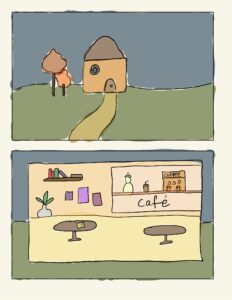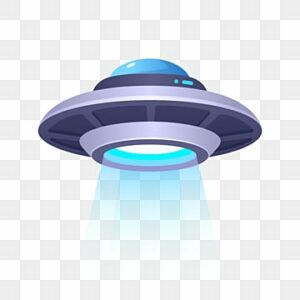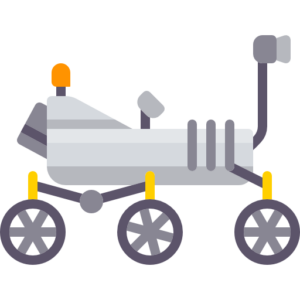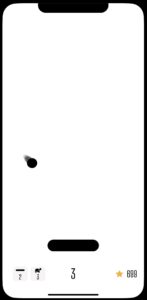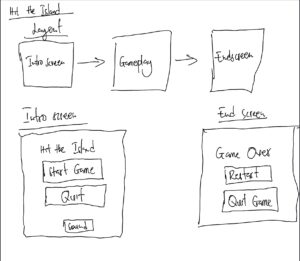Concept
I wanted to create a game that represented my childhood and so I could share it with my sibling to create a feeling of nostalgia and hopefully play it when we meet. So, I decided to create Snakes and Ladders which was my go-to board game.
The code defines the size and spacing of the board, the layout of the board using an array, and the position of the ladders and snakes. It also defines the current player and their position on the board. The code draws the board, ladders, snakes, players, and dice roll. The drawBoard() function creates a grid of rectangles that represent the cells on the board, with each cell numbered from 1 to the total number of cells. The drawLadders() and drawSnakes() functions draw lines connecting the start and end points of each ladder and snake on the board. The drawPlayers() function draws a circle for each player at their current position on the board. The drawDice() function draws a rectangle to represent the dice and displays the result of the roll. The checkForWin() function checks if the current player has reached the last cell on the board, in which case it displays a message indicating the winner.
Future Improvements
I have the basic implementation for the game, I just have to make it more user friendly and add animations such as a dice showing the number which the player is moving. I also have to add a sound element for the game to make it more engaging e.g., a sound when u climb the ladder and a sound of the snake when the snake bites you. There is still a lot to do but the basic game is this which will be evolved into a much a better visually appealing game. I am also still designing the cover for the game, which will also have the instructions as well as the play button and have a nice background sound that goes with the theme.
The most frightening part
The problem I ran into was that I created functions for everything and did not use OOP which is why I will have to convert my code to fix this issue. This is stressful for me as I do not know object-oriented programming as such. I will have to work on this and figure it out. As a result, I must refactor my code to incorporate OOP and resolve this issue. However, this task is daunting for me as I am not well-versed in OOP, and it is causing me some stress. Nonetheless, I hope it will work out in the end.

